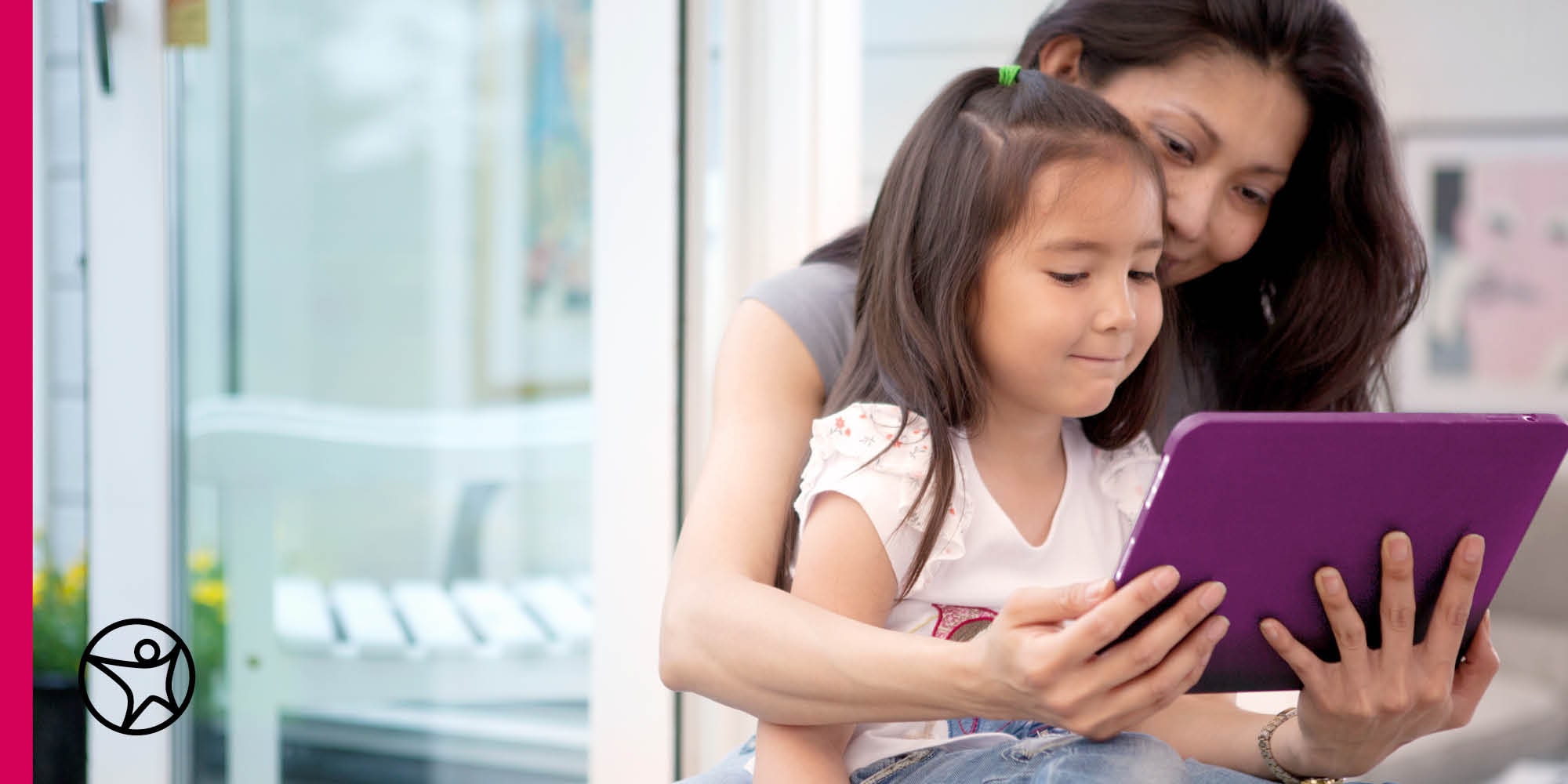How Much Is Online School?
by Trey Edgington
byCorissa Hennessey
5 min to readMarch is Women’s History Month. What was established as a Women’s History Week in Sonoma County, CA, in 1978 became the national Women’s History Month in 1987 when Congress signed it into law. Since then, the history and legacy of women who have changed the world, including Sacagawea, Amelia Earhart, and Harriet Tubman (to name a few) have been celebrated throughout the month of March.
As we honor the achievements of women this month, it’s also important to reflect on gender equality, why it’s important, and how we can instill the value of equality through kids’ education.
The Oxford Dictionary defines gender equality as “the state in which access to rights or opportunities is unaffected by gender.” To teach kids gender equality is to instill in them the idea that men and women should receive the same legal rights, be treated with respect, and receive the same opportunities, whether it’s related to a career choice or any other aspiration.
The many misconceptions about gender equality and what it means can prevent our kids—and us—from truly understanding it, so it’s vital to address these misconceptions with them as part of the teaching process. For example, gender equality doesn’t mean that men and women should be the same and without differences. Instead, it acknowledges that men and women are equal in value, despite any differences that may or may not exist.
There is also a common misconception that gender inequality is only a problem in underdeveloped countries, but the truth is that examples of gender inequality can be found in every nation in the world.
One of the best ways to illustrate why teaching gender equality to kids and students is important is to present the facts:
Although the United States and other westernized countries have made great strides in the direction of gender equality, inequalities can still be seen in societal expectations, pay differences in the workplace, and lack of women in leadership positions, including political roles.
Educational disparities continue to be problematic on a global scale, and many false myths and ideas are still commonplace. Here are some examples:
While kids today are living in a time when gender inequality and traditional ideas about gender roles are shifting, these false ideas need to be continually challenged if they are going to change.
It’s essential to instill and model the value of equality so that as children grow, they can make informed decisions about their education and advocate for equal educational opportunities for themselves and others.
Teaching the importance of gender equality to your kids doesn’t have to be a formal or complicated process. Here are some tips on how to bring the topic into your home and capture the spirit of Women’s History Month.
1. Start a dialogue.
Bring up the topic of gender equality and ask your kids open-ended questions to start the conversation. Here are some ideas to get started:
2. Be a role model.
Your kids are always watching and listening to what the adults in their lives say and do. Ask yourself how you can promote greater gender equality in the world, and then follow your ideas with actions. A few ideas include joining a women’s advocacy group, writing a letter to your senator on a women’s issue, or sharing social media content that promotes gender equality.
3. Provide women-centered content in the home.
Provide kids with a reading list of popular books by female authors that focus on women’s issues and have them choose one (or more) to add to their reading collection. The books recommended in our female author list feature female protagonists who overcome various life obstacles and discover their inner strength.
Many films today, including kids’ movies, highlight women’s issues and feature strong female leads including “Brave,” “Matilda,” and “Encanto.” Take it to the next level and watch biographies with your kids of real-life women who have changed the world, such as “Amelia” about Amelia Earhart, “Jane’s Journey” about the life of Jane Goodall, and “Maya Angelou: And Still I Rise” about the work and journey of Maya Angelou.
In education, it’s important for the curriculum to reflect the principle that both men and women are equal in value and capability. At Connections Academy®, our curriculum is created with this guiding principle in mind. Learn more about our online public-school curriculum.
by Trey Edgington
by Connections Academy
by Connections Academy
